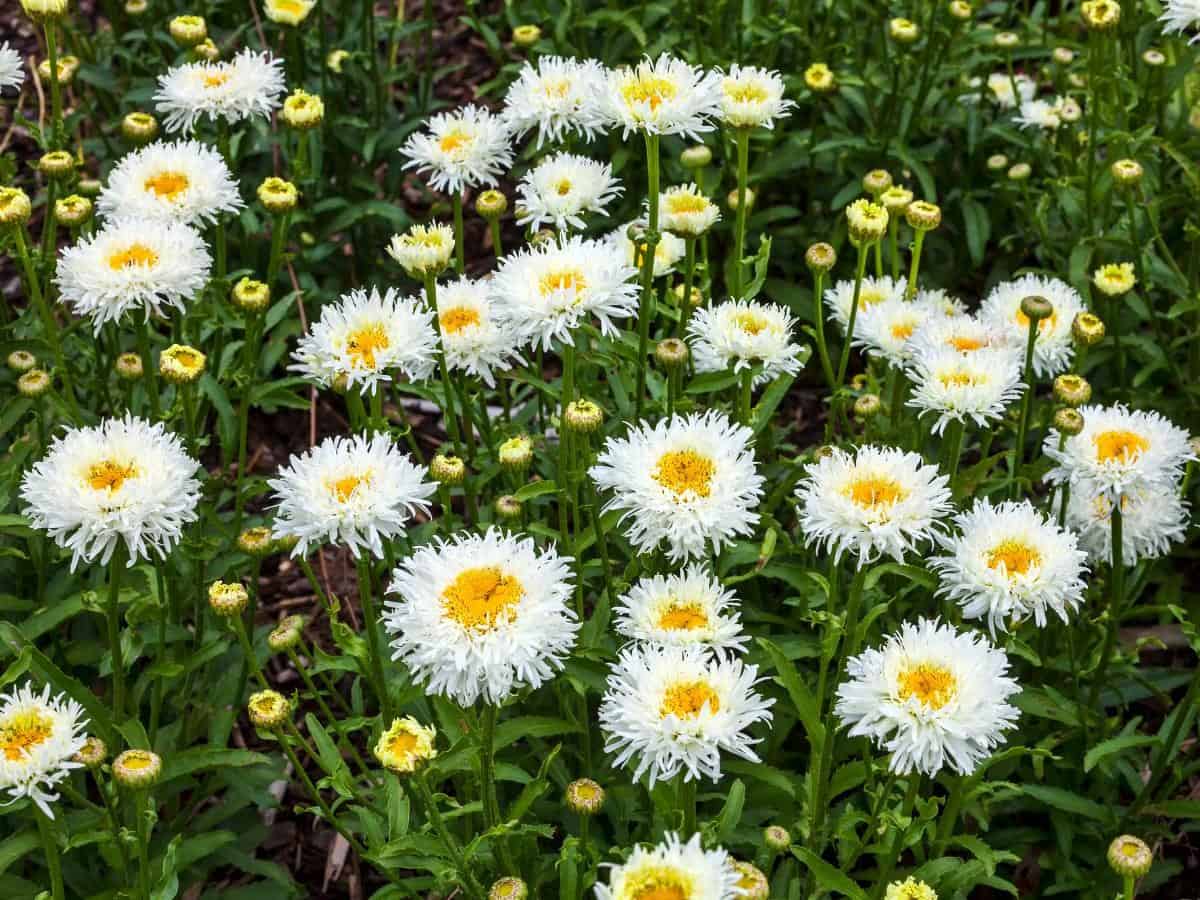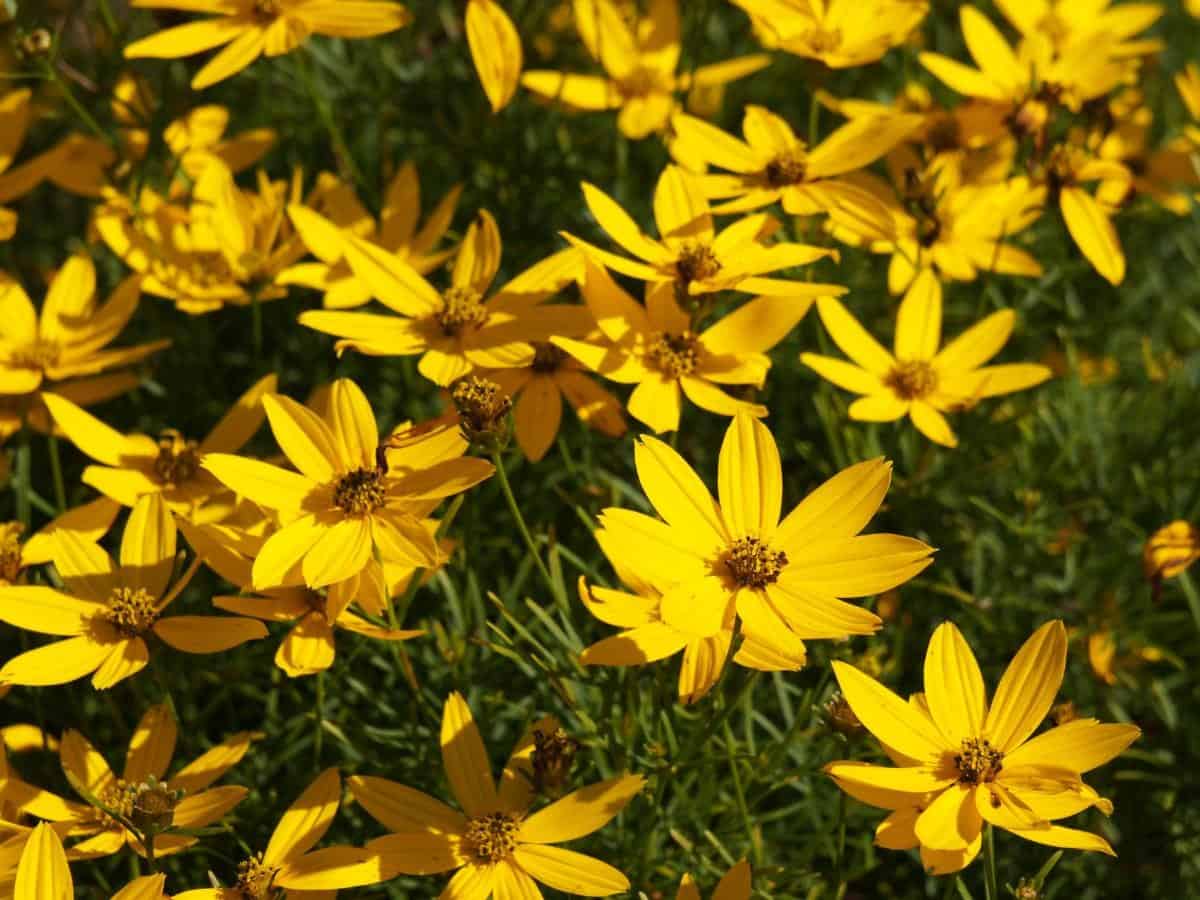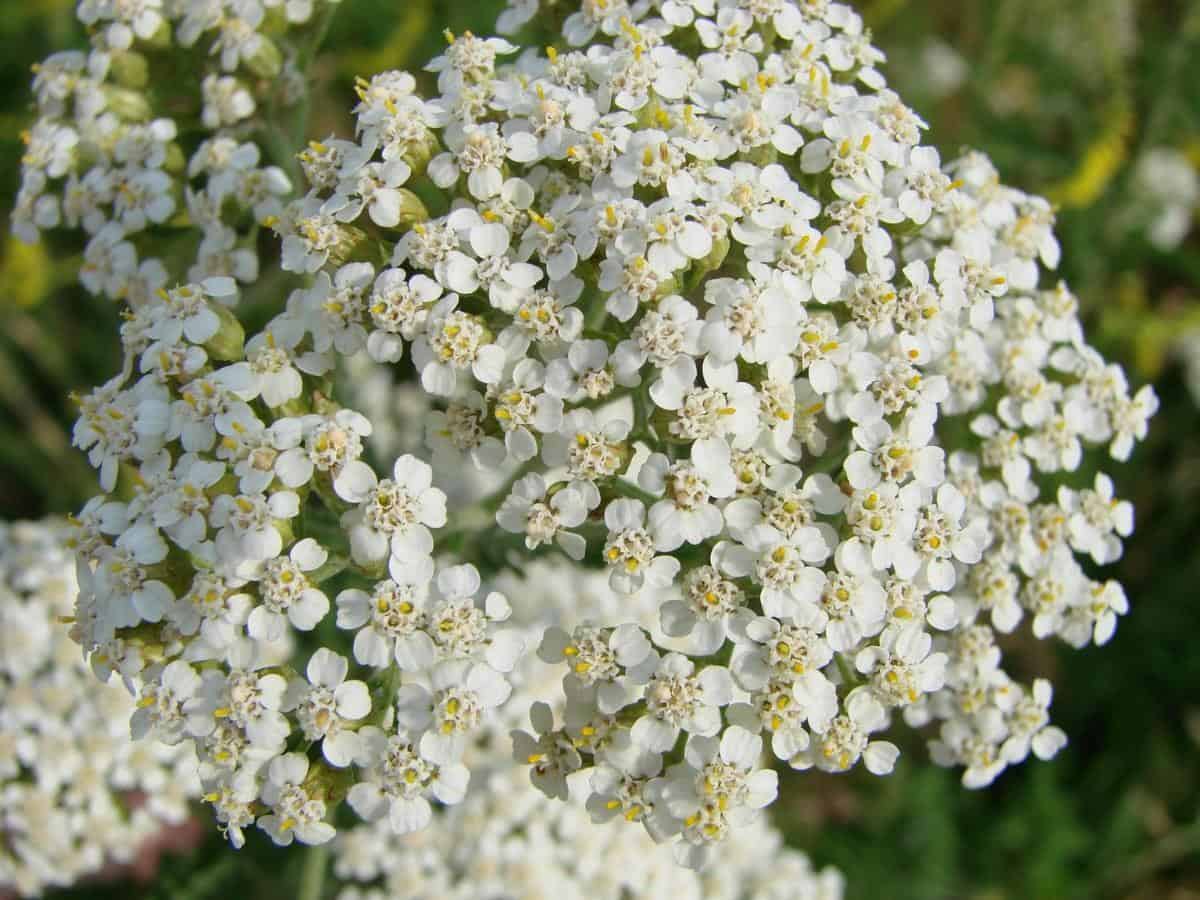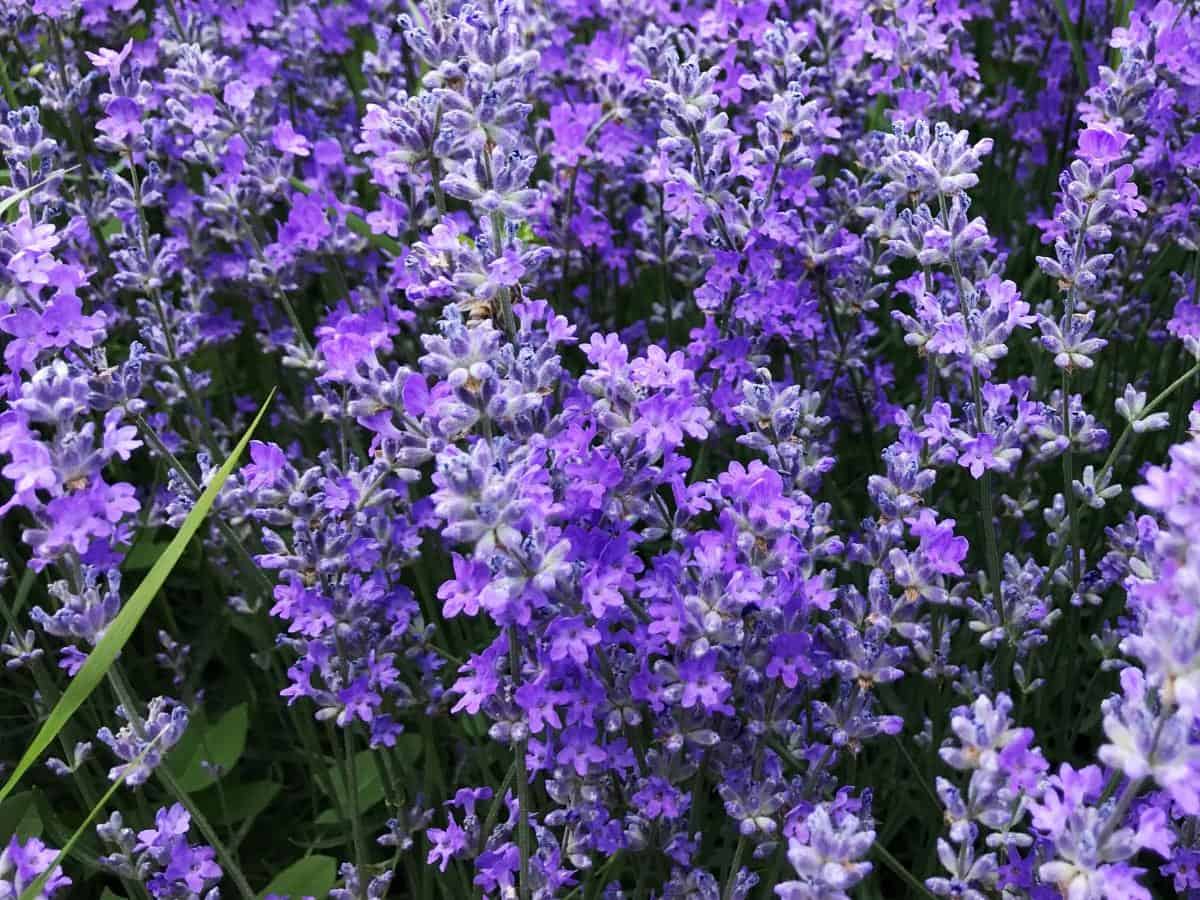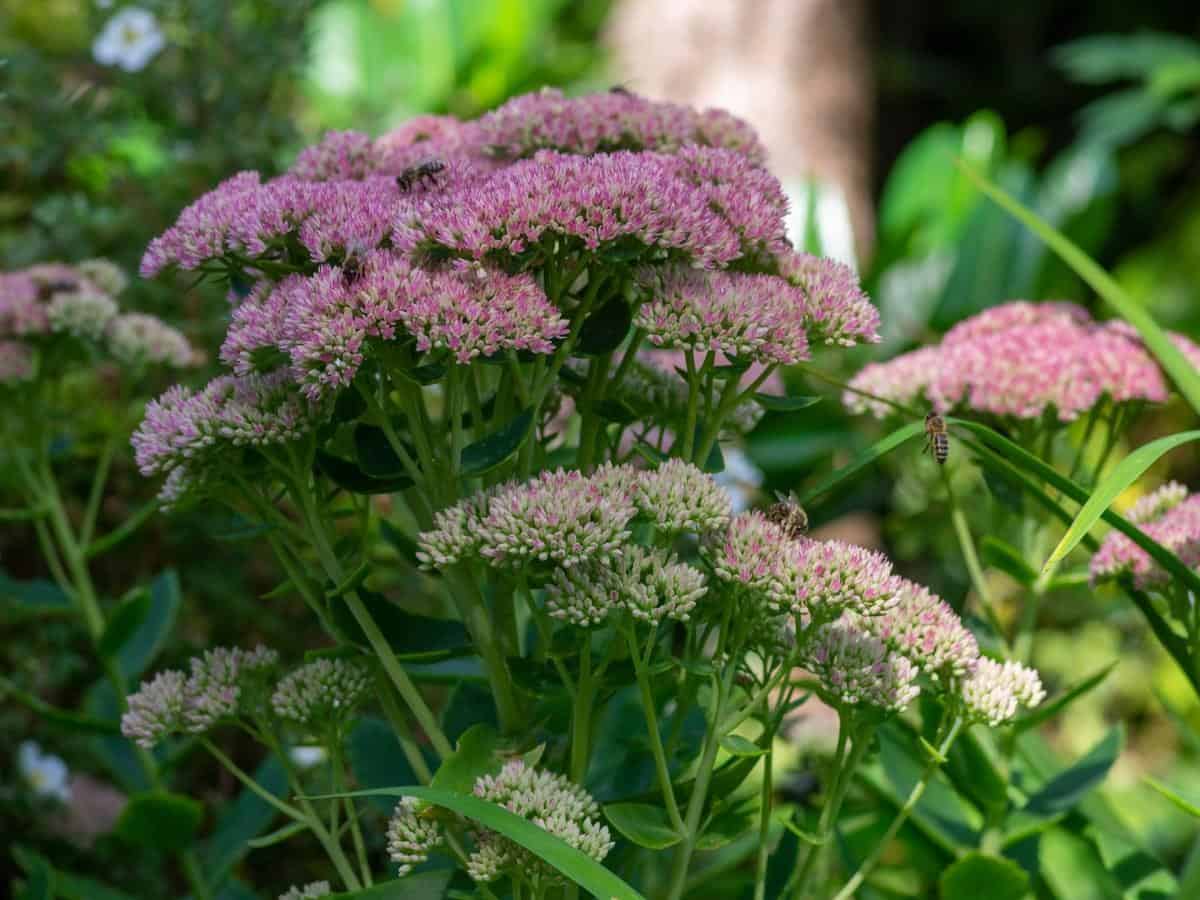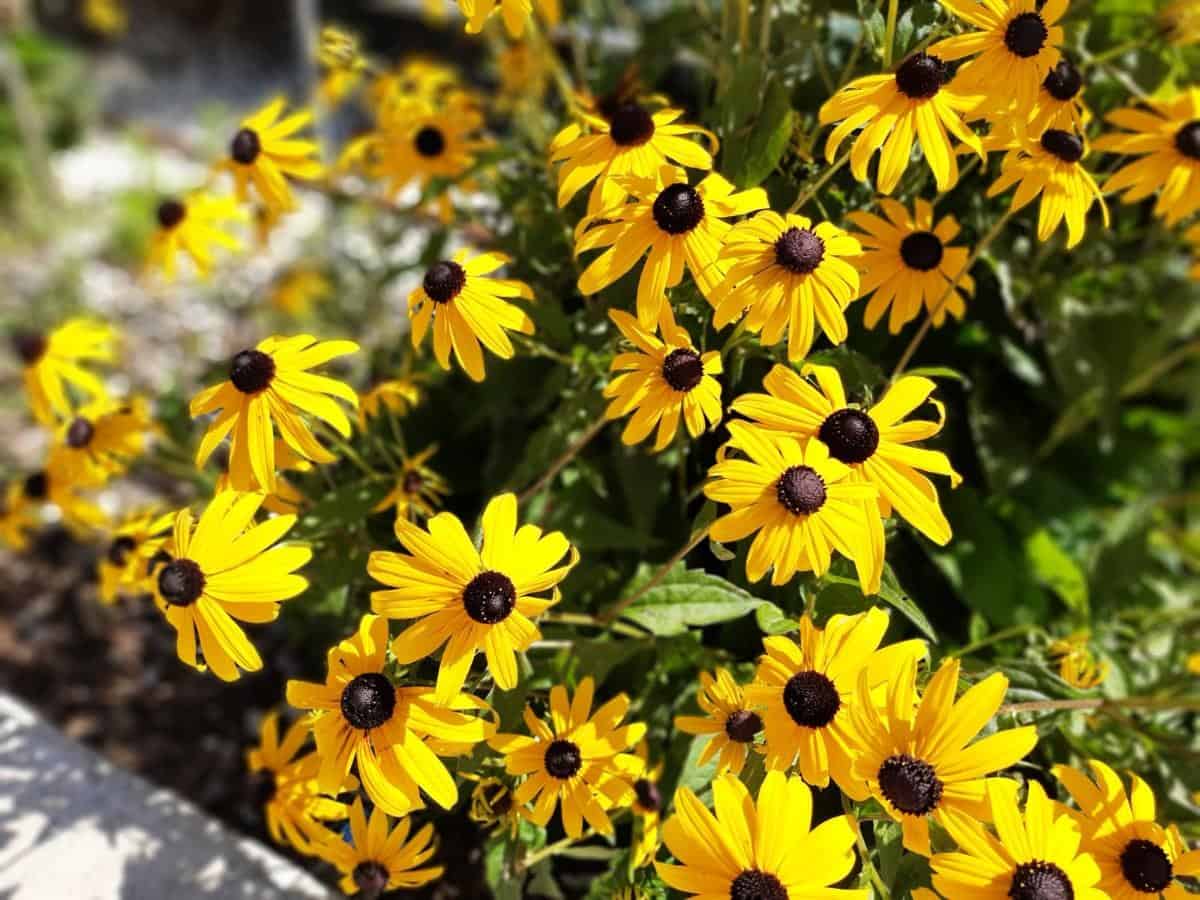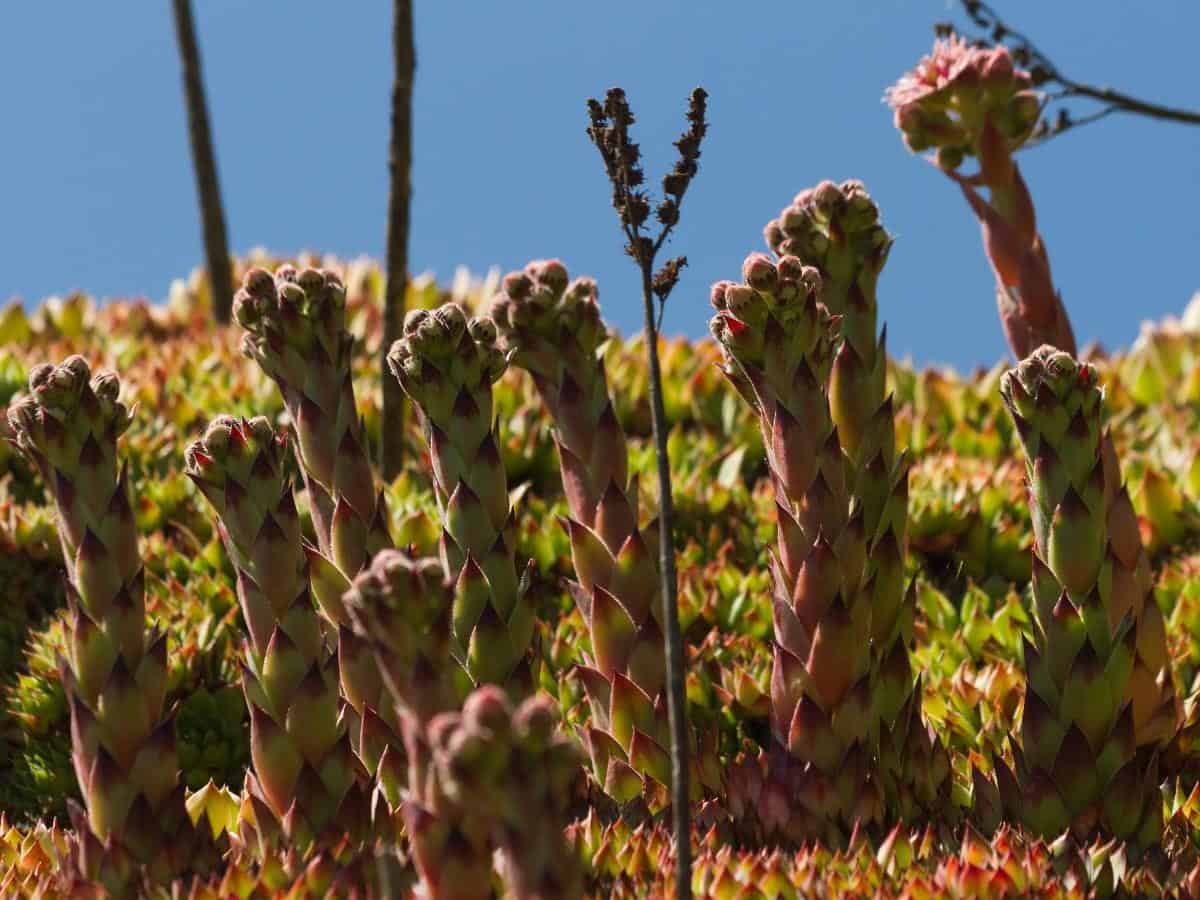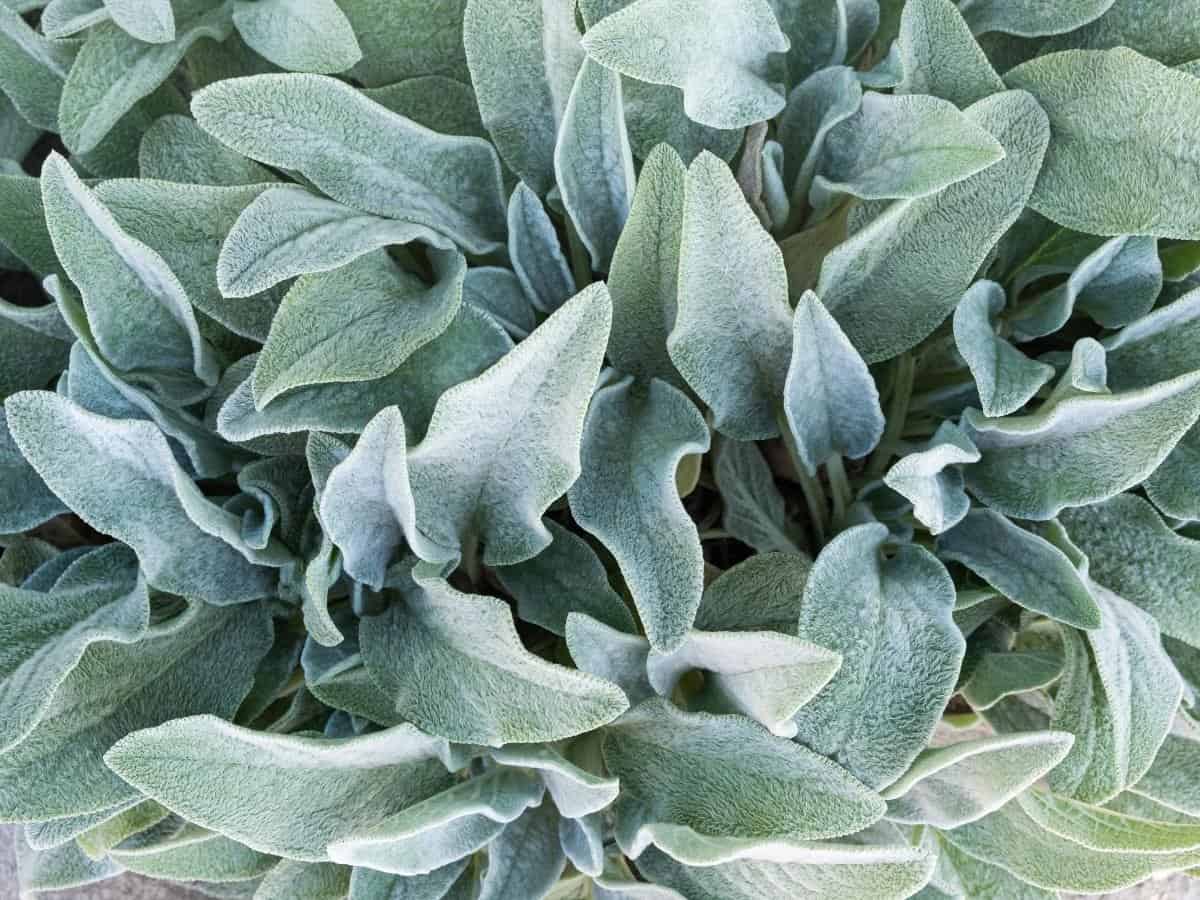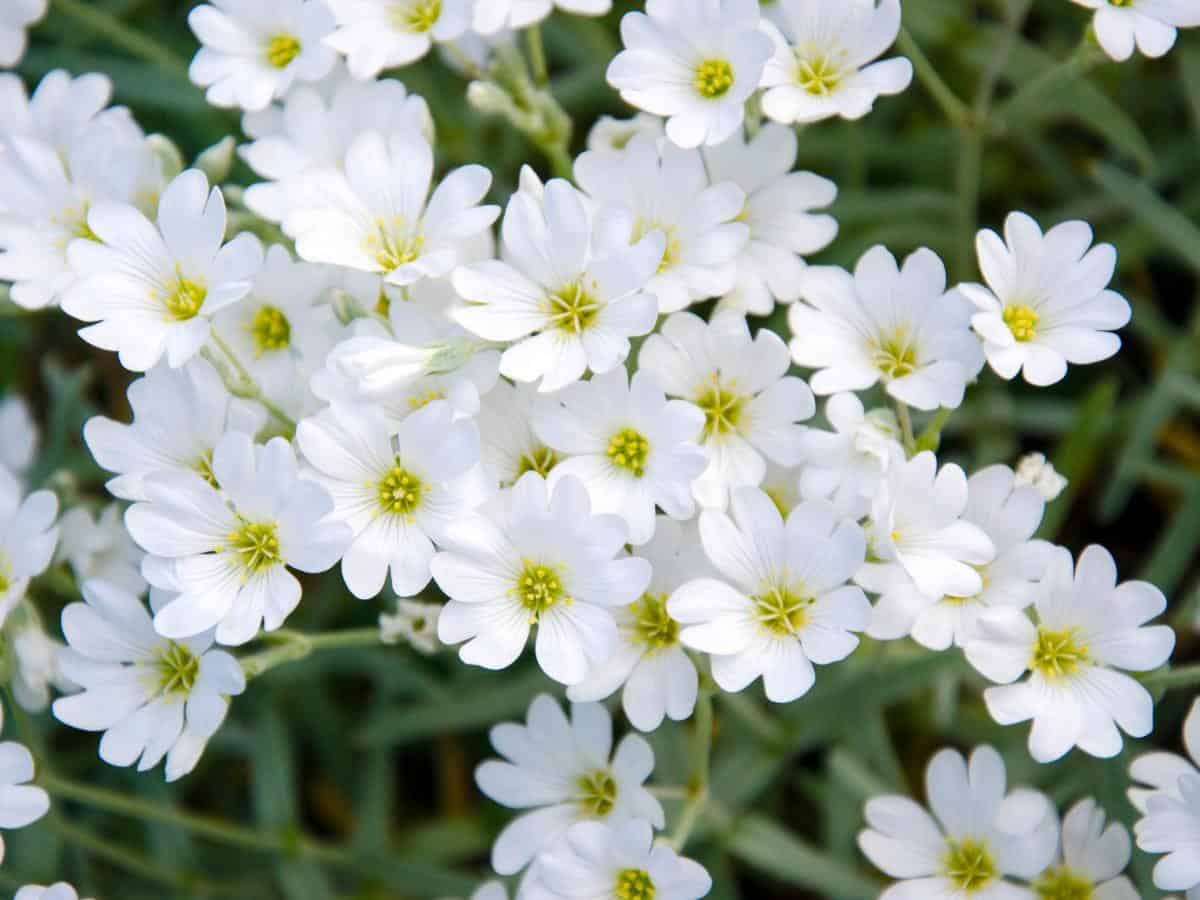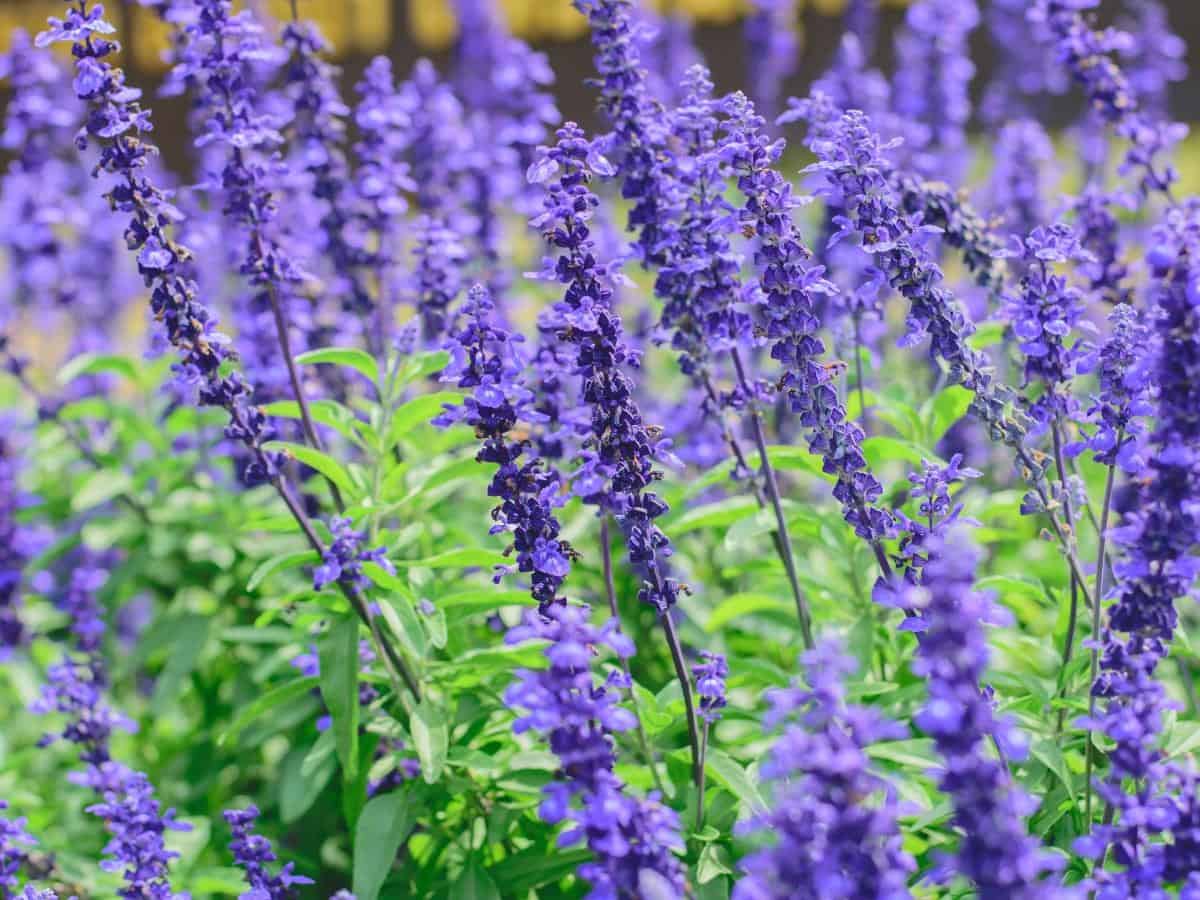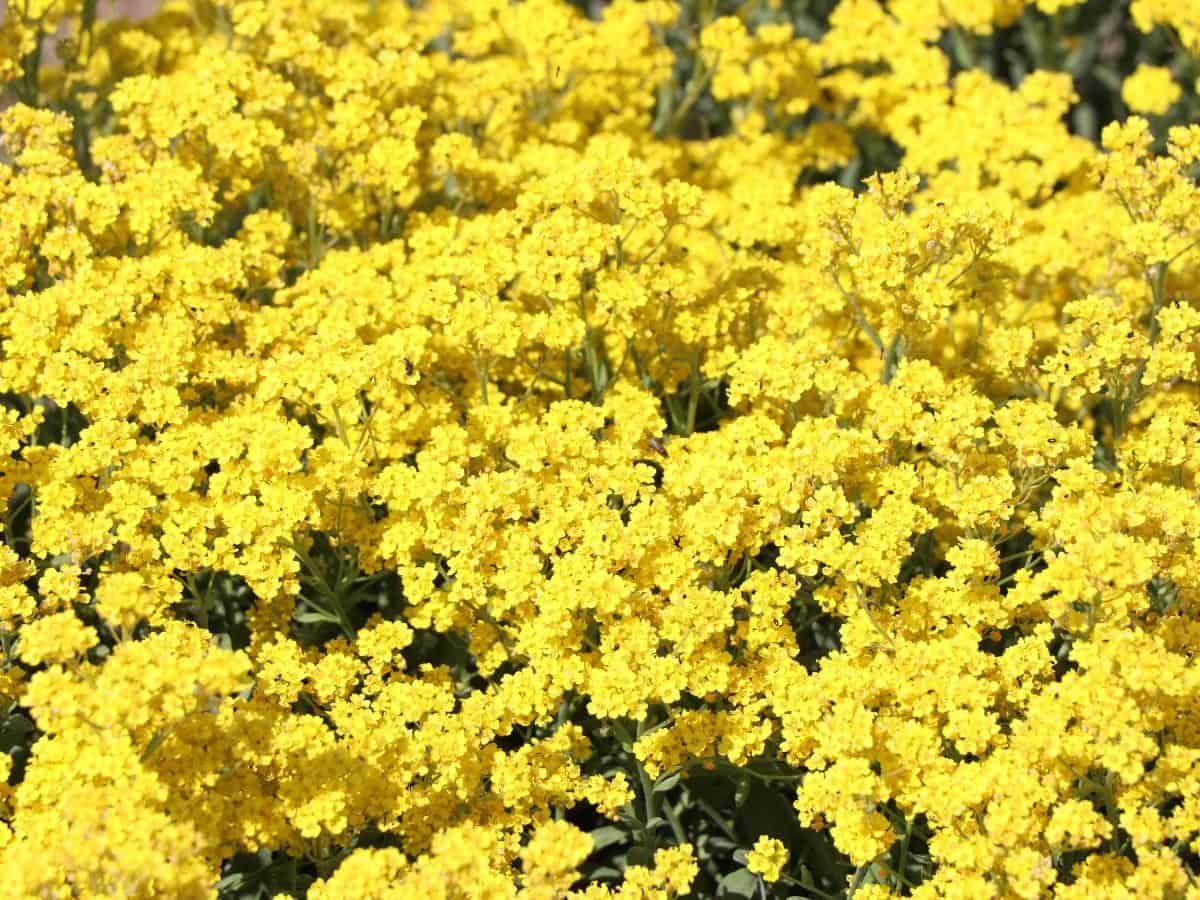While some plants have adapted to life in the shade, others require the intense warmth of direct sunlight to truly flourish. In fact, many perennials need at least six to eight hours of unobstructed sun exposure for optimal growth and development. However, it’s also important to note that not all sunny perennials can handle full sun throughout the day – some may even require slight shading during the hottest part of the afternoon.
Furthermore, the moisture requirements of these plants will vary significantly, with some preferring dry conditions and others thriving in consistently moist soil. The interplay between sunlight and moisture is also crucial to consider, as different perennials have distinct needs in this regard. For some, moisture is just as essential as sunlight, while others can tolerate a range of conditions.
When selecting perennials for your garden, it’s essential to research their specific needs and adjust accordingly. And, as an added pro tip, make sure to consider the bloom period of your plants before planting – knowing when they’ll flower will allow you to create a thoughtfully designed garden that transitions beautifully from spring to fall.
Threadleaf Coreopsis (Coreopsis verticillata ‘Moonbeam’)
The Threadleaf coreopsis, also known as tickseed, boasts a prolonged blooming period that typically spans from June to August. This perennial’s growth habits are characterized by a height and width of around two feet, although its spread can sometimes be more aggressive due to its ability to propagate through underground rhizomes and self-seeding. To prevent the plant from becoming invasive and promoting unwanted self-Propagation, it’s essential to remove any dead blooms.
Pruning should take place during the summer months, allowing the plant to regrow during the fall season.
Yarrow (Achillea millefolium)
Achillea millefolium boasts a striking display of color, with primary blooms showcasing pure white hues and cultivar varieties offering a kaleidoscope of pink, red, cream, yellow, and bicolor pastels. As a pollinator-friendly plant, it’s an attractive addition to any garden, drawing in butterflies and other beneficial insects.
When cultivating yarrow, ensure well-draining soil with a moisture level ranging from dry to medium. Full sun is ideal for optimal growth.
This spreading species requires ample space to grow, with each plant needing approximately two to three feet of width and height to thrive. Should it become invasive, prompt removal is necessary.
To maintain the yarrow’s shape and encourage repeat blooming in subsequent seasons, prune back the plant after its initial bloom. This will not only keep the plant from getting too unruly but also promote healthy growth.
English Lavender (Lavandula angustifolia)
English Lavender is a versatile plant that serves multiple purposes in the garden. Its striking purple blooms and silvery-green foliage bring beauty to any space. Moreover, its potent fragrance not only naturally freshens the air outdoors but also repels pests, making it an excellent natural pest control. The herbs can be harvested for indoor use, where they will continue to fill the air with their calming aroma.
Once dried, the blooms can be used to create sachets that can be placed in drawers or closets to freshen up these areas. To maintain the plant’s health and promote blooming, prune it in spring once new leaves emerge. Additionally, remove any wilted flowers to prolong the flowering period. English Lavender thrives in well-drained soil with full sun exposure, tolerating dry conditions but struggling in overly wet environments.
‘Autumn Joy’ Stonecrop (Hylotelephium ‘Herbstsfreude’)
The Autumn Joy Stonecrop is renowned for its exceptional flowering cycle, which takes place from September to October, yielding pale pink, flattened blooms that persist long after many perennials have ceased blooming. This unique characteristic earns it the name Autumn Joy. When cultivating a garden that requires year-round color, this perennial’s fall display ensures you’ll be delighted throughout the season. Additionally, it serves as a vital food source for pollinators like bees.
To thrive, the plant requires well-draining soil with moderate moisture levels and full sun. In terms of care, regular pruning during spring and mid-summer is necessary to prevent flopping and encourage sturdy growth. It’s also beneficial to delay flowering until fall, allowing the plant to focus its energy on producing a spectacular autumn display.
Black-Eyed Susan (Rudbeckia hirta)
The Rudbeckia hirta, commonly known as Black-Eyed Susan, exhibits a stunning color palette that ranges from bright yellow to vibrant orange, with a distinctive brown center. This perennial thrives in well-draining soil with moderate moisture levels and full sun exposure. Its hardiness allows it to flourish in USDA growing zones 3-7.
While Black-Eyed Susan is an attractive addition to any garden, its propensity for self-sowing can quickly lead to overcrowding.
A single plant can multiply into hundreds without proper control measures. In densely planted areas, this can result in reduced air circulation and limited nutrient availability, increasing the risk of disease and pest issues.
To maintain a healthy and balanced ecosystem, it’s crucial to remove excess plants and ensure sufficient airflow.
Additionally, deadheading faded blooms is essential to prevent self-sowing and keep the plant’s energy focused on current growth rather than seed production. As a valuable food source for birds in the fall, Black-Eyed Susan plays an important role in supporting local wildlife.
Hens and Chicks (Sempervivum tectorum)
The succulent enthusiast will surely be delighted by the unique charm of Hens and Chicks. This perennial plant is characterized by the presence of parent rosettes (the hens) and their miniature offspring (the chicks). Despite its delicate appearance, it has adapted to thrive in challenging conditions like dry, rocky, or sandy soil. Like most succulents, it’s a low-maintenance option that requires minimal watering.
To ensure optimal growth, Hens and Chicks should be planted in well-draining soil with full sun exposure. The parent rosettes will eventually die off after blooming, making it necessary to remove them to allow the chicks to flourish.
Lamb’s Ear (Stachys byzantina)
The Lamb’s ear perennial is a low-maintenance gem that shines in full sunlight. Its soft, velvety leaves have a beautiful silvery hue that adds an air of sophistication to any garden. This hardy bloomer produces purplish-pink flowers in the spring, which may be understated but attract important pollinators like bees. As it thrives in dry soil conditions and full sun, it’s perfect for busy gardeners who want a flowering plant that requires minimal fuss.
Not only is it drought-tolerant, but it’s also deer-resistant, making it an excellent choice for gardens with wildlife. Just be mindful of the Lamb’s ear’s dislike for overly humid environments, which can lead to root rot. To keep your plant happy and healthy, grow it in well-draining soil and avoid overwatering, unless you’re experiencing a hot summer or prolonged dry spell – then a little extra care won’t hurt.
With USDA growing zones ranging from 4-8, the Lamb’s ear is a great option for gardeners across a significant portion of North America.
Snow-in-Summer (Cerastium tomentosum)
The Snow-in-Summer (Cerastium tomentosum) is a stunning perennial that thrives in well-draining soil and full sun. Its white blooms stand out against its silvery foliage, making it an ideal choice for rock gardens. As a low-growing ground cover, it spreads and blooms when given sufficient sunlight. To enhance its beauty, pair it with vibrant flowers like coneflowers or roses. After the blooms have faded, prune them to prevent self-seeding.
Additionally, tidy up the plant by removing any dead or diseased leaves or flowers and shape out the plant for a neat appearance. The Snow-in-Summer is hardy in USDA growing zones 3-7.
Salvia (Salvia spp.)
Salvia varieties boasting vibrant blue-violet hues and rare pink shades can be grown in full sun, making it a popular choice among gardeners. The most well-known variety is the red annual, but other cultivars like Blue Hill, Caradonna, and May Night excel in dry to medium moisture soil with good drainage. USDA growing zones 4-8 provide an ideal environment for these perennials to thrive.
While some varieties require regular deadheading to encourage continued blooming, others remain robust despite neglect. The versatility of Salvia makes it an attractive addition to any garden seeking a low-maintenance yet visually striking centerpiece.
Yellow Alyssum (Aurinia saxatilis)
The Basket-of-Gold, also known as yellow alyssum, boasts bright yellow flowers that make it an ideal ground cover for covering unsightly bare patches. This low-growing perennial thrives in well-draining, loamy to sandy soil and full sun, making it suitable for USDA growing zones 4-7. While it may resemble its counterpart, Sweet alyssum (Lobularia maritima), the yellow alyssum can be distinguished by its vibrant yellow blooms that appear in the spring.
To maintain its shape, cut the plant back by about half after the blooming period is over. However, avoid waterlogging the soil as it can cause damage to the plant.
Catnip (Nepeta cataria)
When it comes to adding a low-maintenance yet attractive addition to your garden, few perennials compare to Catnip. Not only does this flowering perennial possess essential oils that cats can’t get enough of, but it’s also remarkably resilient and adaptable. With the ability to thrive in dry soil and full sun, Catnip is an excellent choice for USDA growing zones 3-7. While it’s not a fan of overwatering – wet soil can be detrimental – it can survive under shade conditions during hot summer days.
To promote continued blooming and prevent overcrowding, simply remove spent flower spikes and divide established plants. By doing so, you’ll be rewarded with an abundance of beautiful blooms and the pleasure of watching your feline friends enjoy the sweet aroma.
Shasta Daisy (Leucanthemum x superbum ‘Becky’)
The Shasta daisy is a vibrant addition to any garden, boasting ray-like petals that emanate from its bright yellow center. Its ability to thrive in dry and sunny areas makes it an ideal choice for gardeners seeking low-maintenance blooms. However, it’s essential to note that this flower requires well-draining soil to prevent damage or even death. A soil pH of 5-9, with full sun exposure, is the perfect environment for Shasta daisies to flourish.
To promote reblooming and overall health, remove any dead flowers and ensure the soil is consistently dry to average moisture.
